Why American Jazz was first welcomed and later banned in the USSR
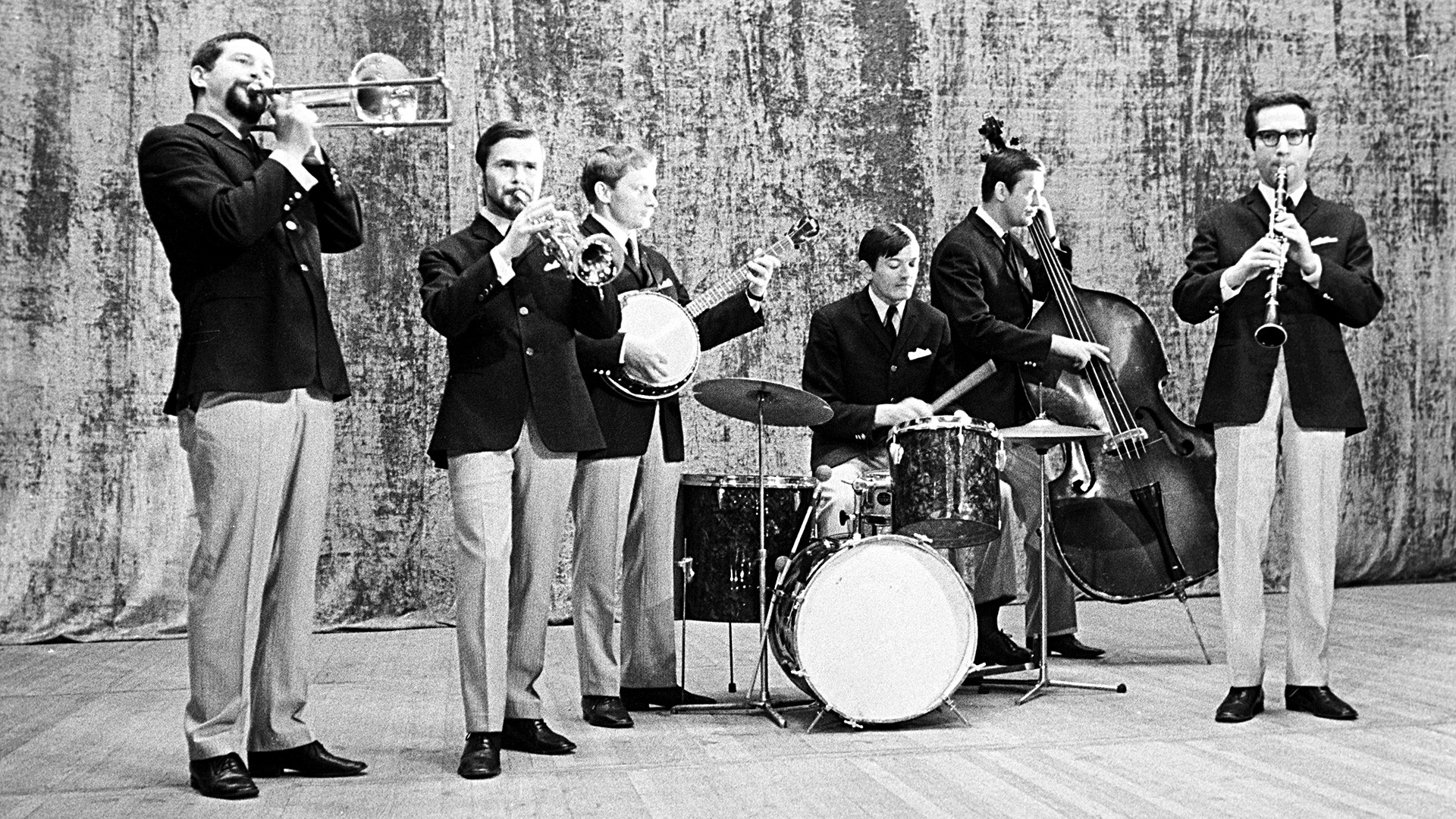
Hard to believe, but in the 1920s the Soviet leadership gave a green light to the popular music of its political opponent. American jazz was not just accepted, but warmly welcomed in the Soviet land.
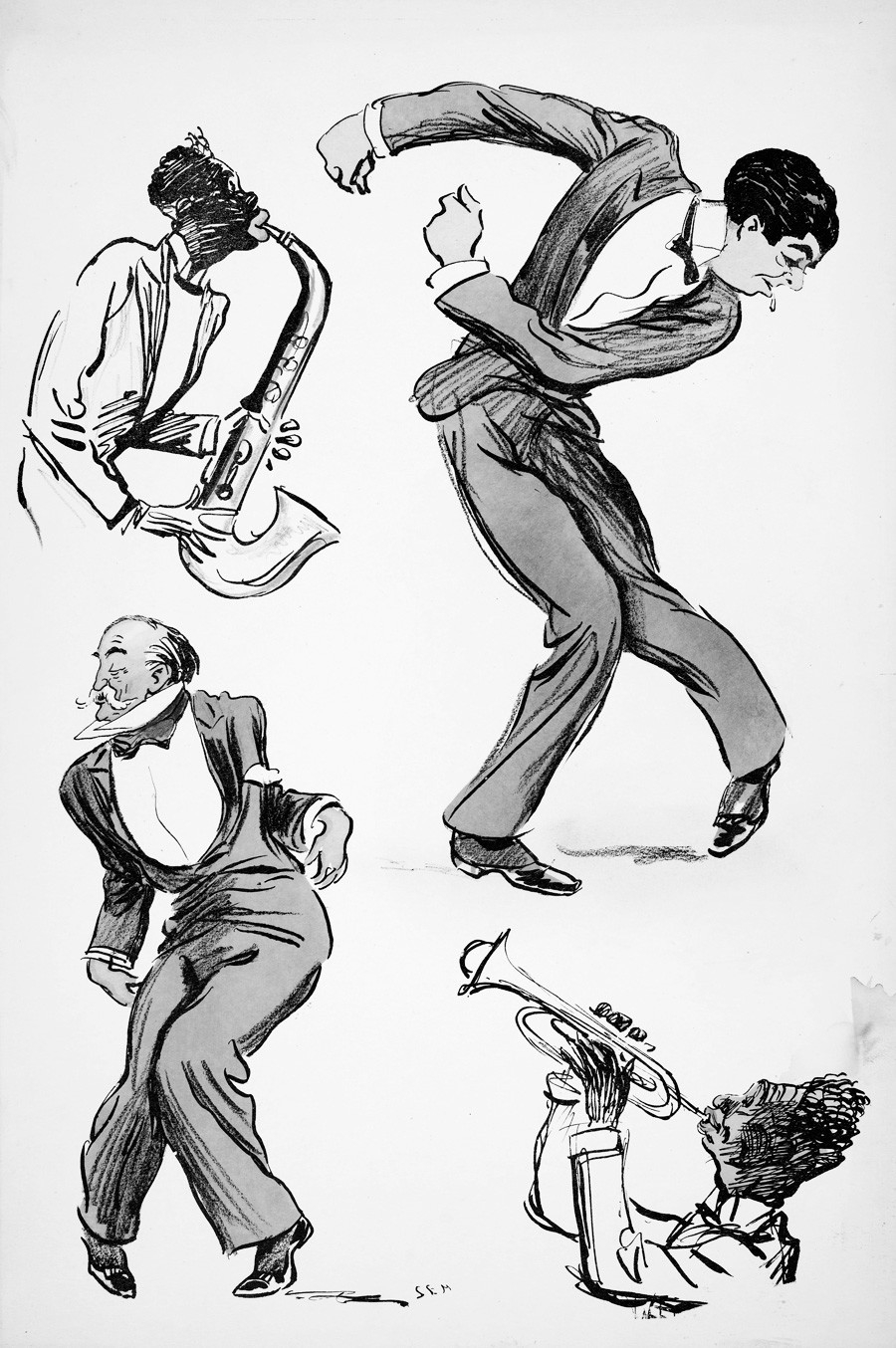
The reason was simple. The Soviet leaders saw Jazz as the music of the oppressed Afro-American minority. Music could become another instrument in the political struggle.
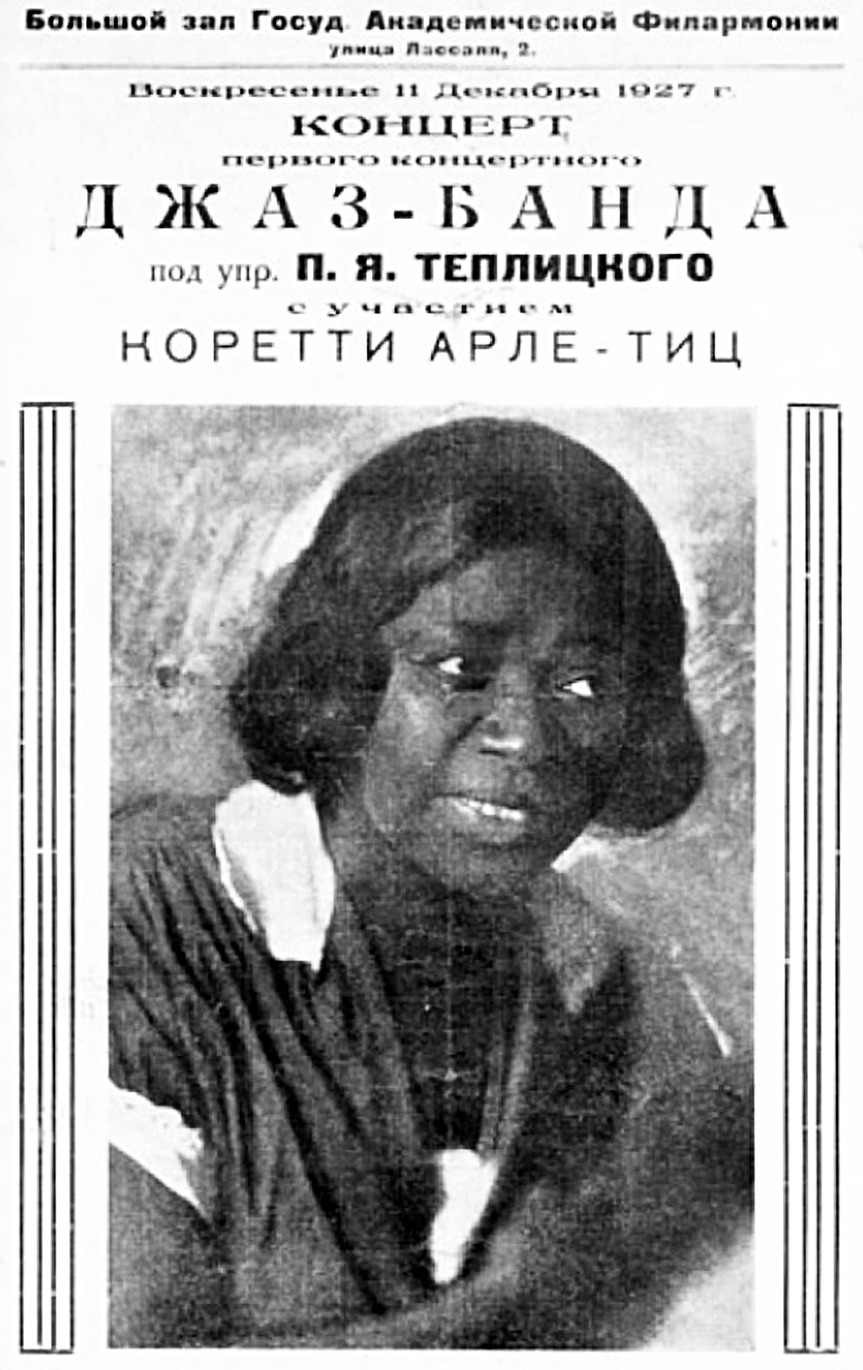
The history of Soviet jazz began on Oct. 1, 1922, when the first jazz concert with amateur musicians was held in Moscow.
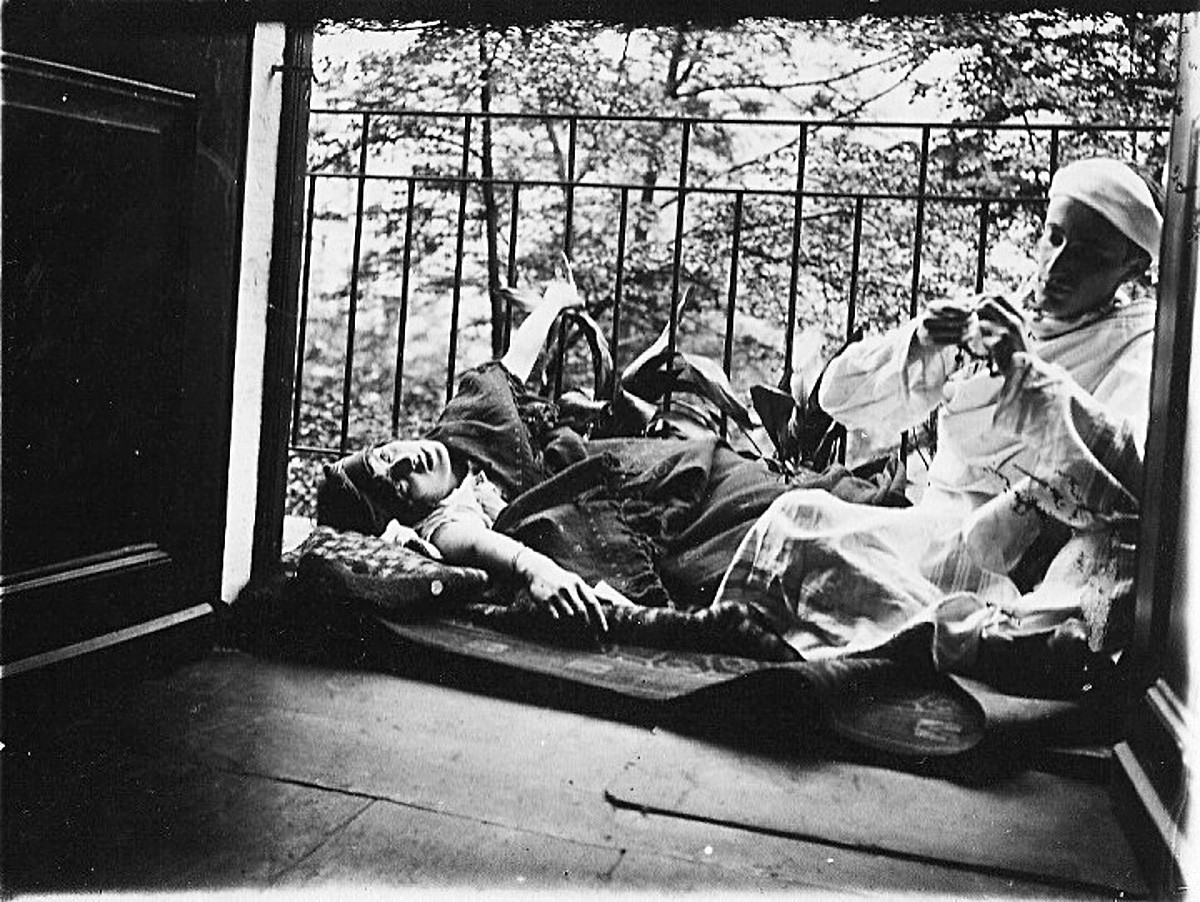
Valentin Parnach, the leading pioneer in the field of Russian Jazz, and his sister
Archive photoSeveral years later the popular American jazz bands of Frank Witers and Sam Wooding visited the Soviet Union, giving a series of concerts with huge success.
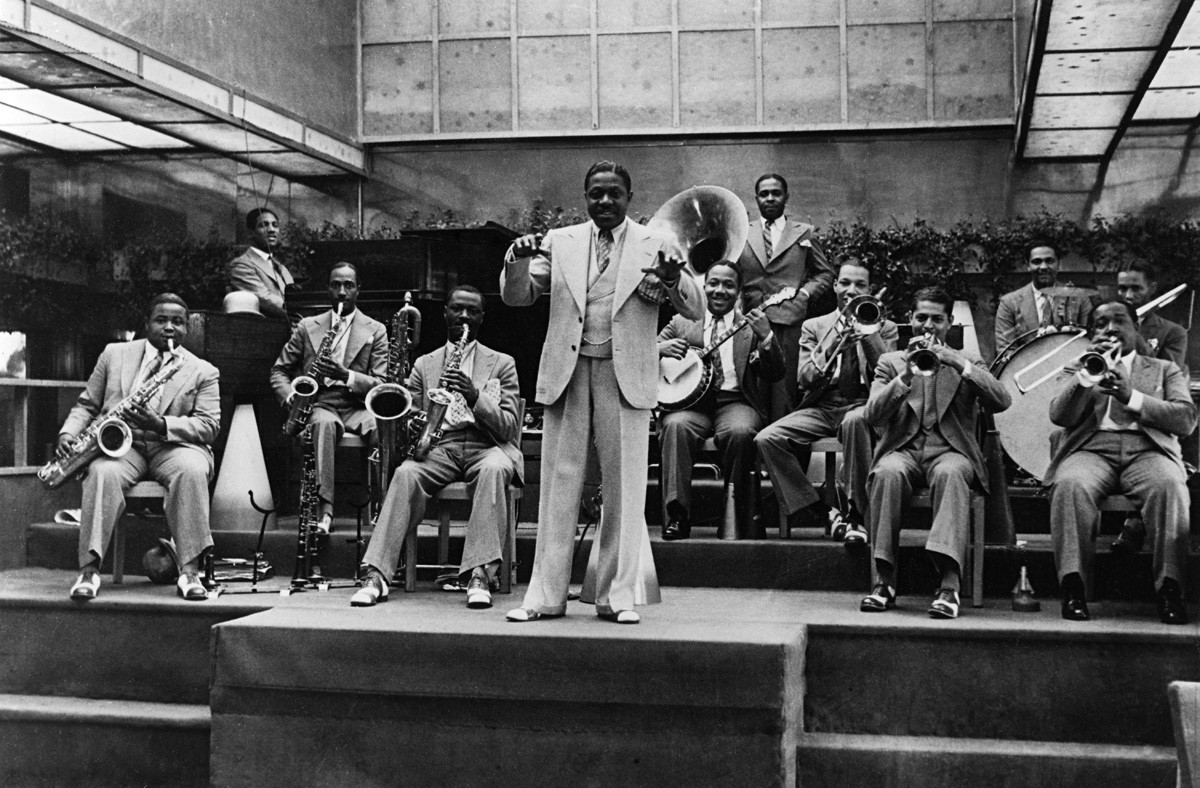
In the late 1920s more and more local jazz bands appeared in Moscow and Leningrad (now St. Petersburg), with the latter becoming a true mecca for jazz-lovers from all over the country.
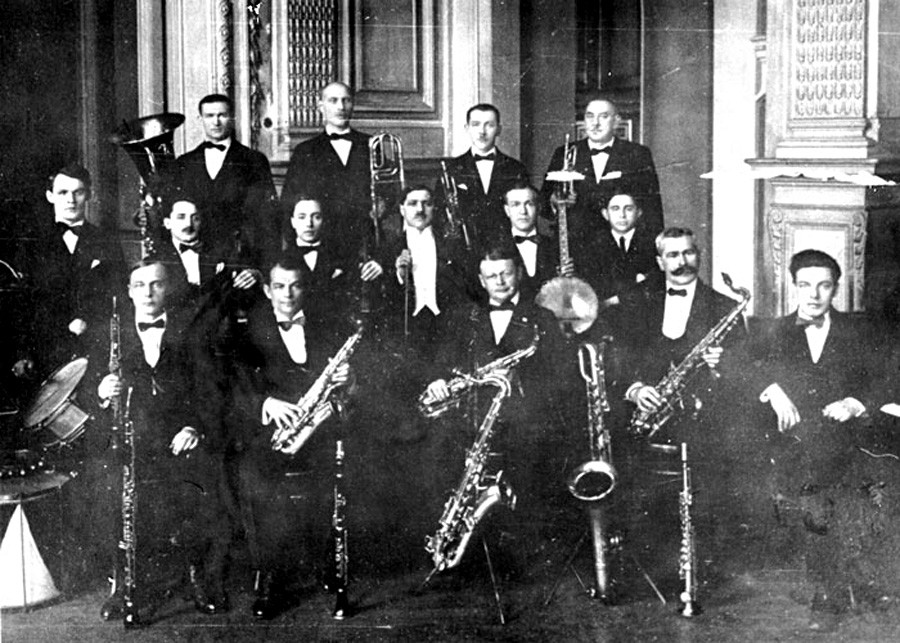
At first, Soviet jazz bands played American jazz, but gradually more works by Soviet jazz composers became popular.
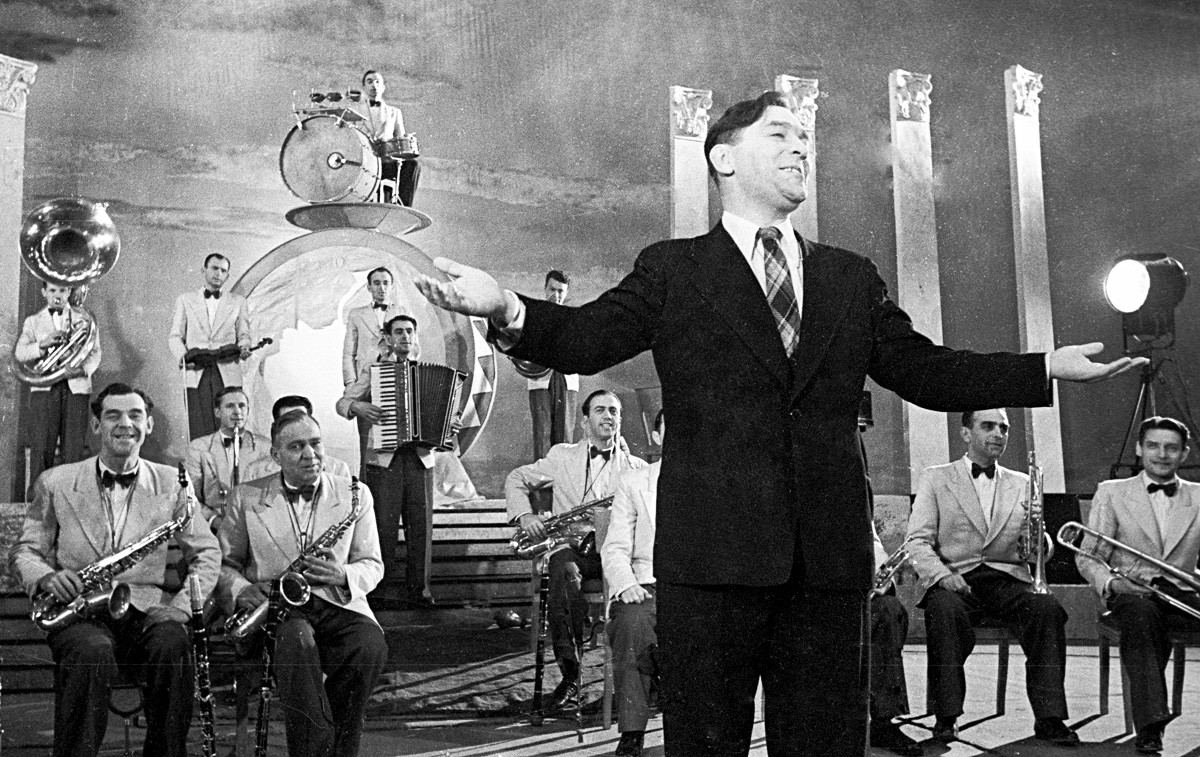
However, soon the Soviet leadership’s relation towards jazz changed. In the 1930s jazz was proclaimed as an example of bourgeois culture and hugely criticized.
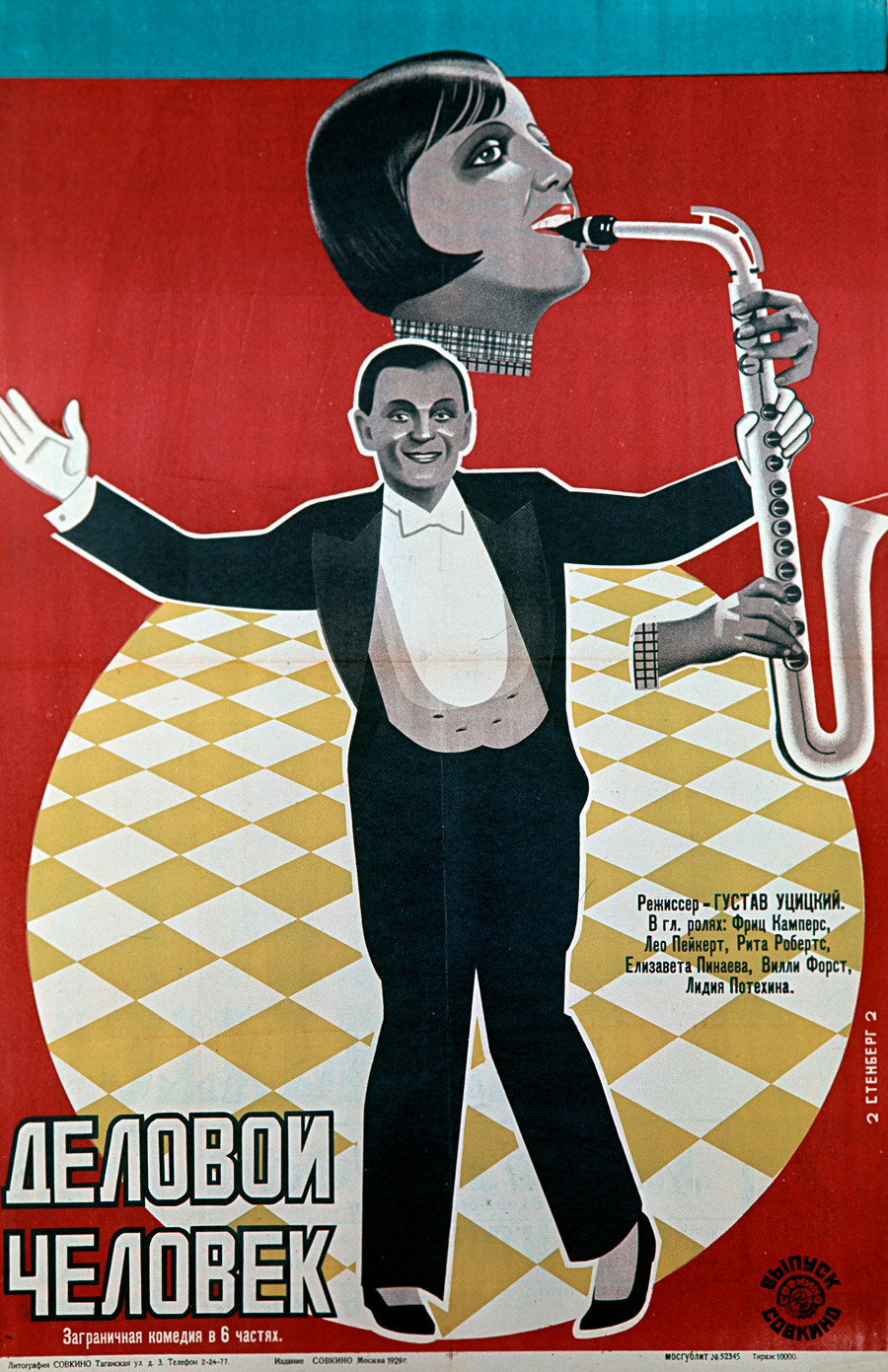
Foreign jazz artists were banned in the Soviet Union. Domestic ones were left in peace, but their performances were limited.
During WWII Soviet jazz music gained some breathing space. Dozens of jazz bands held concerts for troops to raise morale.
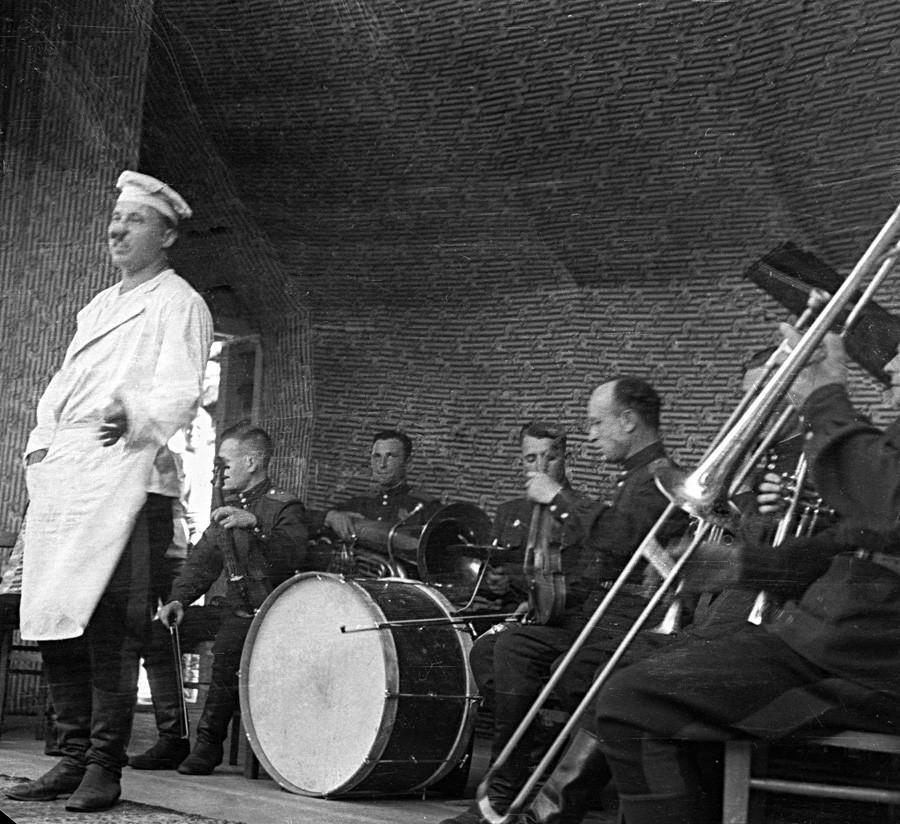
After the war Soviet jazz suffered the hardest period in its history. With the onset of the Cold War, the music was vilified. “Today he plays jazz, tomorrow he’ll betray his country” was a widespread propaganda slogan in those days.
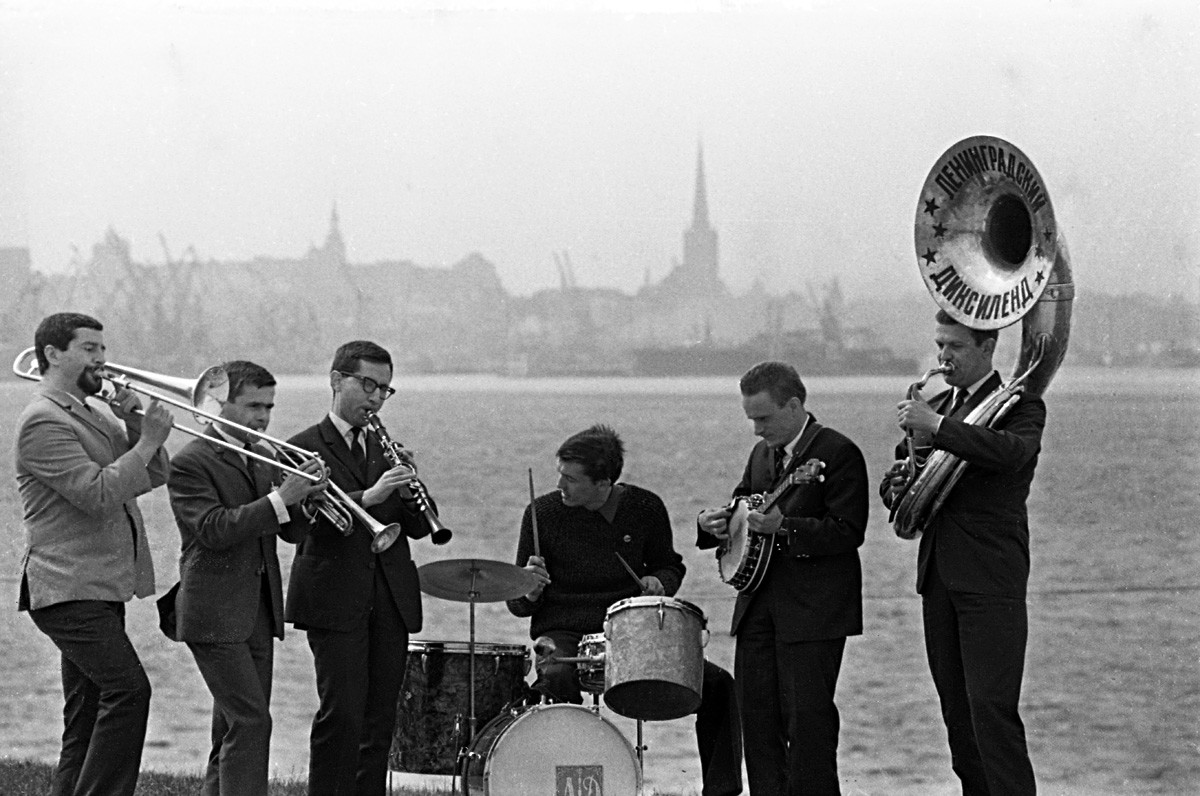
Only in the 1960s did jazz start to find its feet again. New bands were formed, books and movies about jazz were published. In 1964 the legendary jazz club The Blue Bird was opened in Moscow.
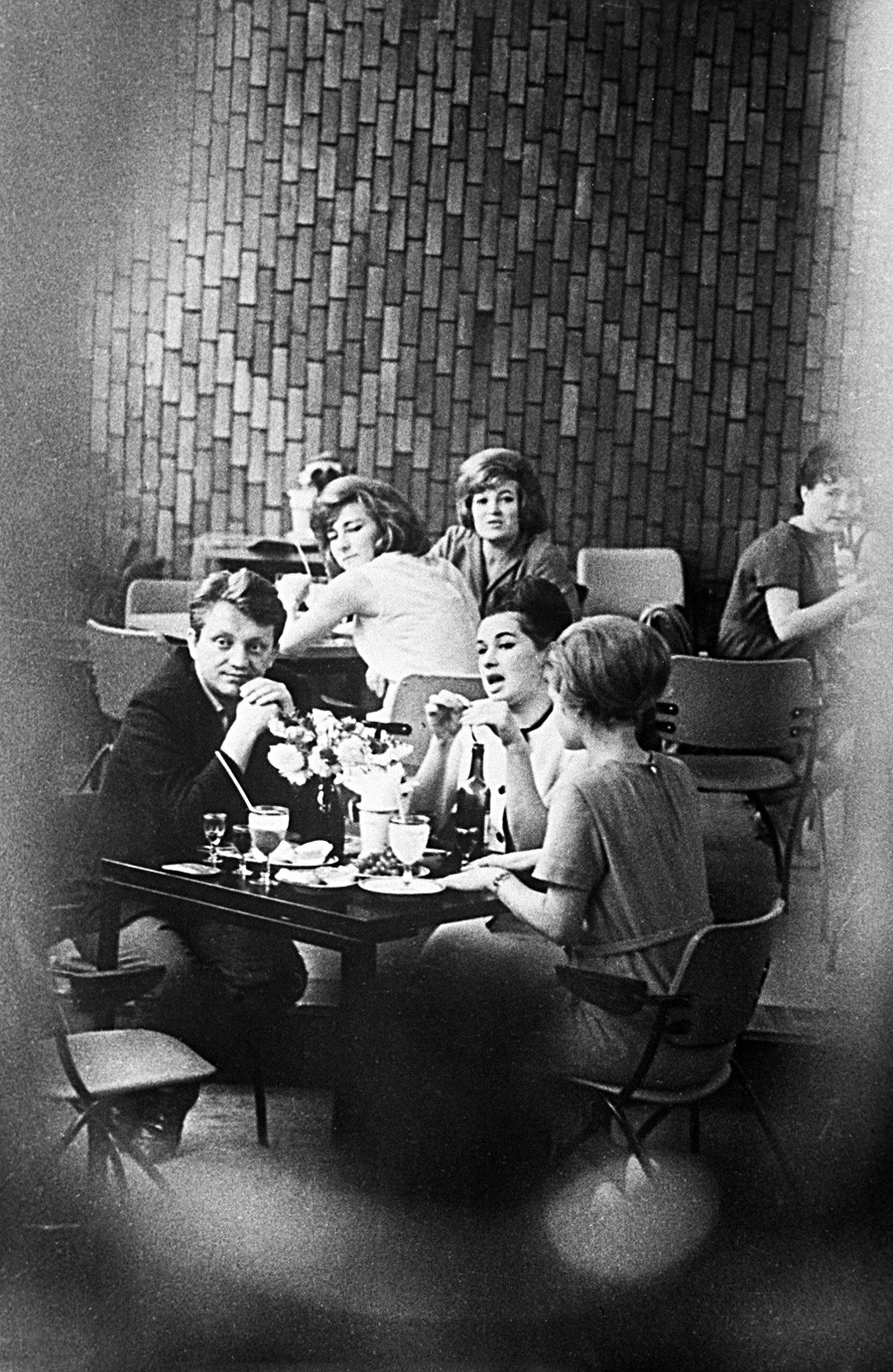
Foreign musicians were again allowed into the country. Among others, the USSR was visited by famous saxophonist Gerry Mulligan and such legends as Thad Jones and Mel Lewis.
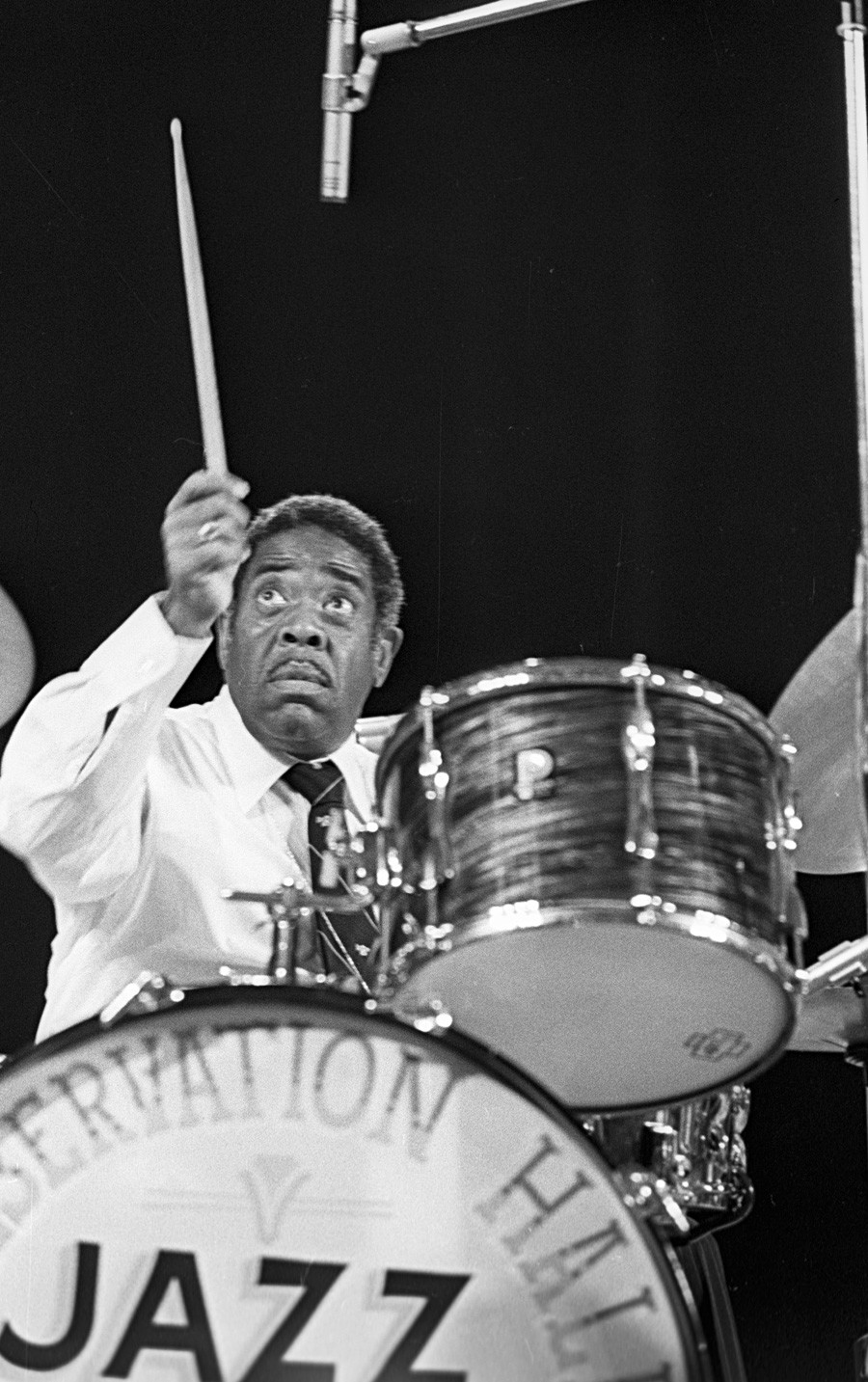
Having just recovered its status in the Soviet Union, jazz was struck again in 1991. When the whole country fell in crisis, so too did jazz. Many artists left Russia, bands broke up. The crisis ended only in the 2000s.
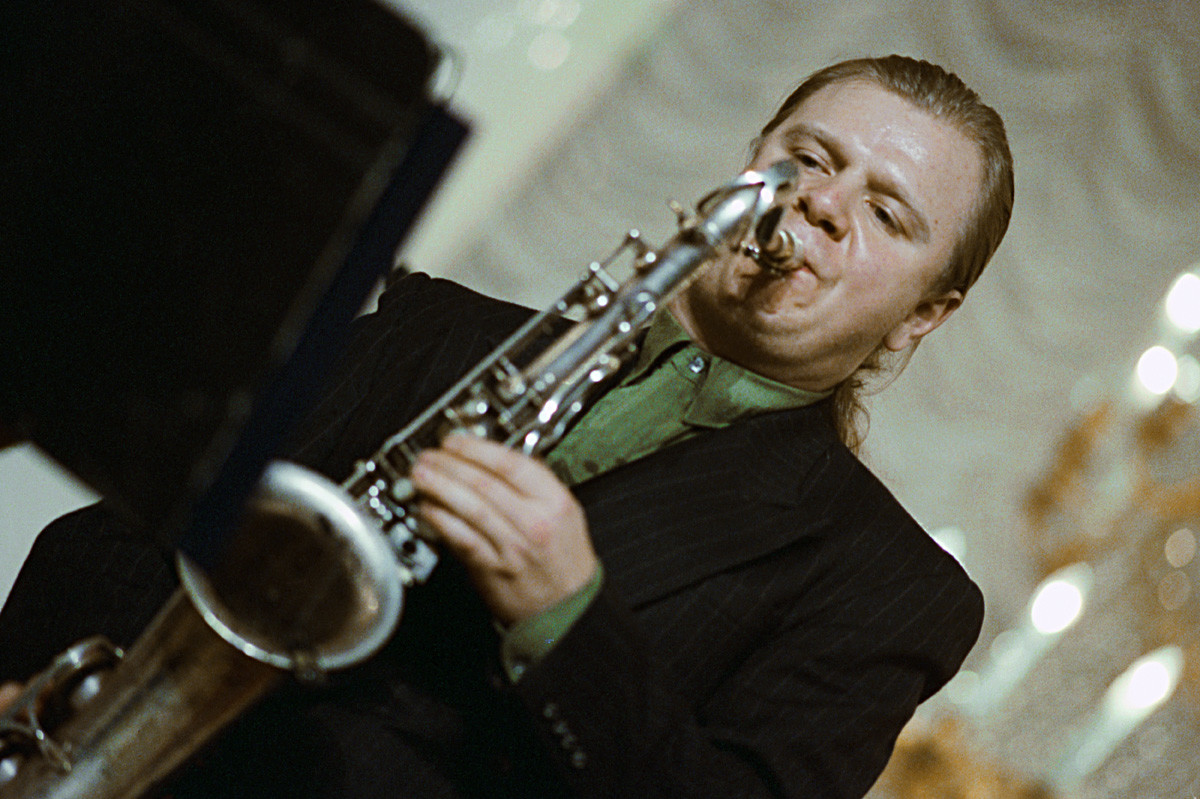
If using any of Russia Beyond's content, partly or in full, always provide an active hyperlink to the original material.
Subscribe
to our newsletter!
Get the week's best stories straight to your inbox